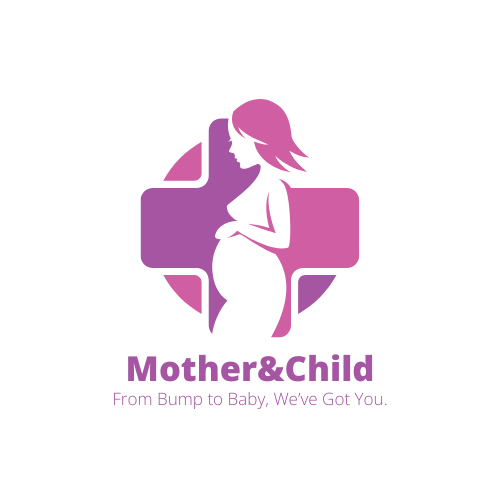🎯 Purpose of This Lesson
To showcase how Community Health Workers (CHWs) play a critical role in saving babies with jaundice by detecting danger signs early and making quick referrals. Their stories inspire confidence in the community health system.
🧑🏾⚕️ What CHWs Are Saying
🇳🇬 CHW Fatima – Kano, Nigeria
“I was trained to look for yellowing of the eyes, not just the skin. On a home visit, I saw a 3-day-old baby whose mother thought the yellowing was from heat. I used the referral tool we received during OneWomb training and called Aminu Kano Teaching Hospital. They confirmed severe jaundice. The doctor later told me the child would have suffered brain damage if delayed. Now the mother encourages other women in her mosque to watch their babies closely.”
🟢 Impact: Simple eye check and referral = baby’s brain saved.
🇺🇬 VHT Samuel – Gulu, Uganda
“In our area, many mothers deliver at home. On day 2 of life, I noticed a newborn with poor feeding and yellow palms. I used a torch to check her eyes. I knew it was dangerous jaundice. I quickly informed the HCIII nurse, and the baby was rushed to Lira Hospital for phototherapy. Today that child is growing well. The mother now wants to become a VHT too.”
🟢 Impact: VHT house visit and torch test = timely intervention.
🇰🇪 CHW Jacinta – Kisii, Kenya
“I always remind new mothers to check the eyes and palms every morning. During my rounds, I spotted a newborn who had stopped breastfeeding and had deep yellow sclera. I used the CHV hotline and referred the baby to Kisii Teaching Hospital. He needed phototherapy and recovered fully. The nurse gave me more referral forms to use in our ward. Now, every woman in our area knows the word ‘bilirubin.’”
🟢 Impact: CHW routine checks = early treatment, community awareness raised.
🇬🇭 TBA/CHW Margaret – Tamale, Ghana
“Many people used to think jaundice comes from eating groundnuts. I explained to mothers that it’s about the baby’s liver, not food. I helped one mother take her baby to the clinic at 2 days old. The baby was treated with light and recovered. That family now shares their story during ANC group talks. I teach TBAs to refer any baby with yellow eyes immediately.”
🟢 Impact: Knowledge + trust = change in community beliefs.
🔍 Common CHW Tools for Early Jaundice Detection
| Tool | Purpose | Where to Get |
|---|---|---|
| Torchlight test | Helps CHW see yellow in eyes/palms | Standard CHW kits |
| OneWomb Jaundice Monitoring Card | Tracks baby’s symptoms daily | Download from OneWomb.org or print locally |
| Referral forms or voice scripts | Helps CHWs give clear hospital information | Clinic trainings, CHW apps |
| CHW WhatsApp hotline groups | Share urgent photos, locations for referrals | Managed by district health coordinators |
📩 Request these tools: https://onewomb.org/CHWtools
✋ Lessons from the Field
✅ Don’t wait for yellow skin — eyes and behavior matter more
✅ Use day 1–5 home visits for newborn screening
✅ Educate caregivers gently: “This is not witchcraft—it’s a medical issue”
✅ Referral is not failure—it’s a life-saving step
📘 Did You Know?
Studies in Nigeria and Uganda show that 60% of babies who develop brain damage from jaundice had no hospital care until day 5 or later. CHWs can cut this delay in half with trained home screening.
🔗 Source: WHO Africa (2023), Community-Based Neonatal Screening Reports
📝 Mini Quiz – CHW Early Detection
Q1. What is the easiest way for a CHW to detect early jaundice?
A. Smell the baby’s breath
B. Use herbs
C. Shine light on the eyes and check for yellow
D. Wait until the skin is fully yellow
✅ Answer: C
Rationale: Eye and palm color are early indicators; skin yellowness comes later.
Q2. Which of these is NOT a sign to refer urgently?
A. Yellow eyes
B. Baby feeding well
C. Baby not waking for feeds
D. Yellow palms
✅ Answer: B
Rationale: Feeding well alone does not rule out risk. Poor feeding is a red flag.
Q3. Why is early detection important?
A. To give the baby vitamins
B. To save transport money
C. To prevent brain damage and death
D. To delay breastfeeding
✅ Answer: C
Rationale: Early referral saves lives and prevents kernicterus.


